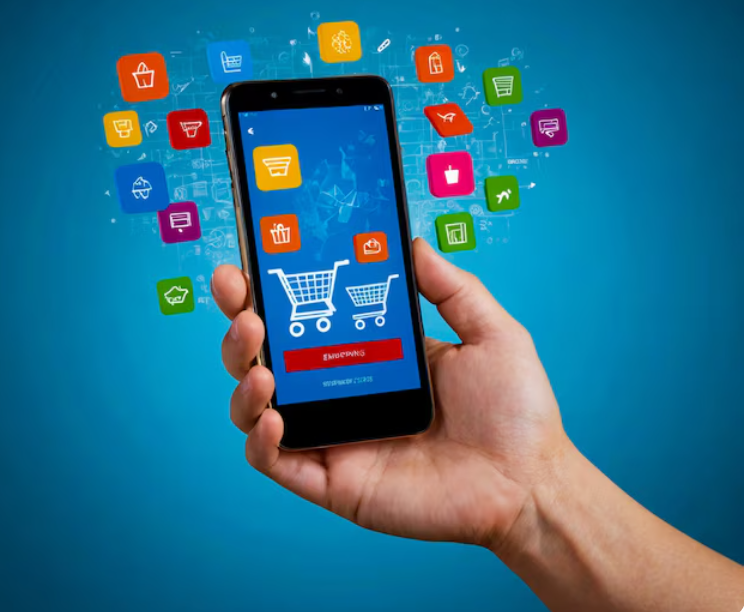Shopping is a universal experience that transcends cultures, geographies, and generations. Over the past few decades, the way people shop has undergone a massive transformation, moving from traditional in-store visits to a seamless digital experience. Today, shopping is not just about acquiring goods—it’s about convenience, personalization, and lifestyle.
The Traditional Charm of In-Store Shopping
Before the digital age, shopping was largely a social and physical activity. People would visit local markets, malls, or high streets to browse, touch, and try products before buying. This form of shopping had a unique charm—it was tactile, interactive, and often communal. Shoppers relied on personal interactions with sales staff for advice, assistance, and sometimes even relationship building.
Brick-and-mortar stores still hold value, especially for products that require physical inspection such as clothing, furniture, or luxury goods. Moreover, shopping in person can be a recreational activity, offering instant gratification and the experience of window shopping, testing samples, and exploring curated displays.
The Rise of Online Shopping
The internet revolutionized shopping by bringing entire marketplaces to our fingertips. E-commerce platforms like Amazon, Flipkart, and Alibaba have made it possible to buy anything from groceries to gadgets with just a few clicks. Online shopping offers unmatched convenience—24/7 access, doorstep delivery, and endless variety.
What makes online shopping appealing is not just the ability to avoid crowds or save time, but also the access to detailed product reviews, competitive pricing, and the ability to compare products from multiple brands easily. The evolution of secure payment systems and flexible return policies has further enhanced customer confidence.
Mobile Commerce and App-Based Shopping
With smartphones becoming an extension of our hands, mobile commerce has taken the shopping experience to the next level. Mobile apps are now the preferred method of shopping for many users due to their speed, notifications on deals, and user-friendly interfaces.
From flash sales to AI-powered recommendations, shopping apps have made buying more intuitive and personalized. They also integrate with social media, allowing users to shop directly from platforms like Instagram or Facebook, blurring the lines between entertainment and commerce.
The Impact of Technology on Shopping Habits
Advanced technologies such as Artificial Intelligence (AI), Augmented Reality (AR), and Big Data analytics are redefining the way consumers shop. AI helps in analyzing user behavior and preferences to deliver personalized suggestions. AR allows customers to virtually try on clothes, glasses, or see how a piece of furniture would look in their home.
Voice search and virtual assistants like Alexa and Siri are also influencing shopping by enabling voice-activated purchases. Meanwhile, chatbots offer real-time customer service, improving the overall buying experience.
The Future of Shopping
As the lines between physical and digital worlds continue to blur, the future of shopping looks hybrid. Concepts like “click and collect,” where customers buy online and pick up in-store, or “experiential stores” that focus on showcasing rather than stocking products, are gaining popularity.
Sustainability is another driving force in modern shopping trends. Consumers are becoming more conscious about what they buy, how it’s made, and the environmental impact. This shift is pushing brands to be transparent and adopt eco-friendly practices.
Conclusion
Shopping has come a long way—from bargaining in local markets to browsing digital aisles from the couch. Whether it’s the nostalgic feel of in-store experiences or the speed and efficiency of online shopping, the modern consumer enjoys the best of both worlds. As technology and consumer behavior continue to evolve, so too will the shopping landscape—making it more dynamic, accessible, and customer-centric than ever before.
